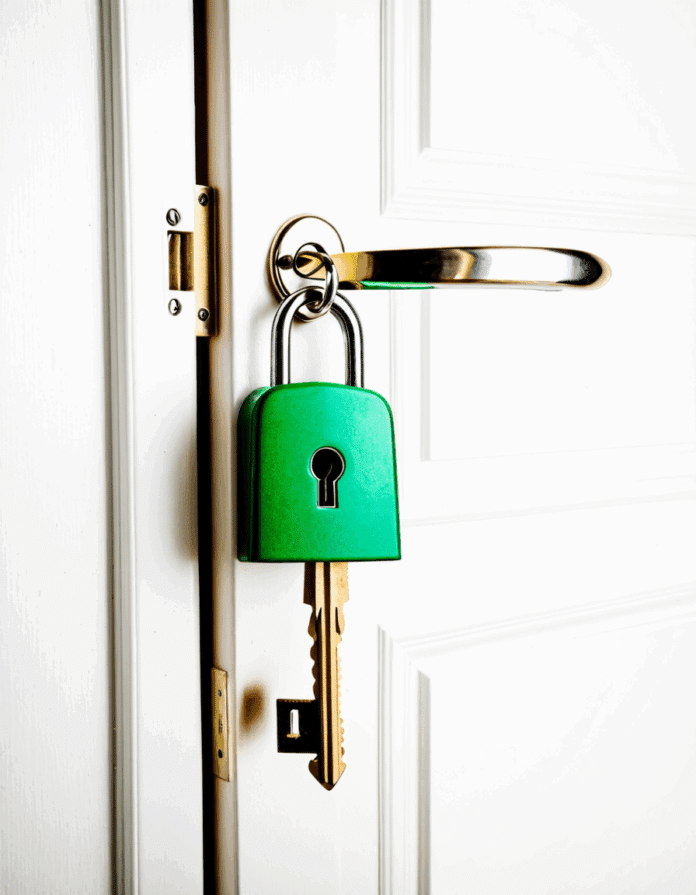Buying your first home is an exciting milestone, but it comes with plenty of challenges. For many first-time homebuyers, the biggest hurdle is coming up with a hefty down payment. This is where PMI insurance—or Private Mortgage Insurance—can play a vital role. PMI insurance is usually required for borrowers who make a down payment of less than 20%. It safeguards lenders in case a homeowner defaults on their mortgage, which ultimately helps buyers access loans that would otherwise be out of reach. This article dives deep into PMI insurance, its importance, and how you can navigate it effectively.
Understanding PMI Insurance: An Overview for First-Time Homebuyers
When you’re considering buying a home, understanding PMI insurance is crucial. It allows you to enter the housing market even if you don’t have a large sum saved up. This support gives you the freedom to make a down payment as low as 3-5%. For instance, organizations like Armed Forces Bank offer tailored PMI programs for veterans, ensuring that those who’ve served our country can still achieve homeownership.
PMI insurance factors significantly into the home buying process. It essentially allows lenders to take on more risk, so they’re more inclined to approve your mortgage application, even if your credit score isn’t stellar. For example, Colony Bank offers flexible PMI options that enhance loan approval chances for borrowers with different credit profiles. So, it’s clear that understanding the ins and outs of PMI can shape your overall homeownership experience.
Plus, the growing number of programs available today means that there’s a better chance of accommodating your financial circumstances. The flexibility of PMI insurance can open doors you never thought existed, making it an essential aspect of home buying for many first-timers. Learning about the specific costs and benefits of PMI will empower you to take control of your home buying journey.

Top 5 Reasons Why PMI Insurance is Crucial for First-Time Buyers
Most first-time homebuyers find it challenging to save for a hefty down payment. PMI allows entry into the housing market with just 3-5% down. Capital City Bank even has specialized programs that help clients with relatively low down payments enter the housing market.
PMI improves your odds of being approved for a mortgage. Lenders feel secure knowing they have insurance backing their loan. A prime example is 53rd Bank, which offers PMI-integrated mortgage options that aim to improve affordability for borrowers with different credit scores.
PMI offers you various financing alternatives. Banks like First United Bank provide specific PMI plans, allowing you to focus on short-term affordability rather than overwhelming long-term costs—making homeownership easier to manage.
With PMI, lenders are sometimes willing to offer shorter loan terms for eligible buyers. For example, Red Bank has programs designed to help homeowners build equity faster, making it possible for buyers to pay off their homes sooner than they might think.
Opting for a PMI-enabled mortgage can give first-time buyers more financial room to breathe. With reductions in upfront costs, buyers can invest in necessary home improvements or even set up an emergency fund. From Alaska Railroad, homeowners can get help understanding PMI premiums, ensuring they stay financially stable amid their new responsibilities.
How to Calculate Your PMI Insurance Costs: A Practical Guide
Knowing how to calculate your PMI costs is crucial for effective budgeting. PMI rates usually hover between 0.3% and 1.5% of your original loan amount each year. Factors such as your credit score, loan type, and the size of your down payment can all influence this rate.
Say you’re buying a home worth $300,000 and plan to put down 5%. Your loan amount would be $285,000.
If you have a PMI rate of 0.5%, here’s how you do the math:
Having a clear understanding of these calculations helps you effectively budget for your monthly expenses. So, knowing what your PMI costs will be is invaluable as you dive into homeownership.

Strategies to Reduce or Eliminate PMI Insurance Costs
While PMI enables lower down payments, putting down at least 20% means you can eliminate PMI entirely. Of course, saving that amount isn’t always possible for first-time homebuyers, but it’s still something to aim for.
PMI rates aren’t one-size-fits-all. For instance, First United Bank and Lomas de Chapultepec may have different PMI rates. Researching and comparing these rates could lead to significant savings.
Once you build up enough equity—typically considered around 20%—you can often request to cancel your PMI. Knowing how different banks handle this process can save you money down the road. Staying informed about PMI cancellation policies can really pay off in the long term.
Navigating the PMI Landscape: Real-Life Experiences of First-Time Homebuyers
Real-life experiences with PMI insurance vary dramatically among first-time homebuyers. Take Sarah, for example. She purchased her first home with assistance from Alaska Railroad, emphasizing how important it was for her to educate herself about PMI. Carefully managing her finances allowed her to secure a lower PMI rate, which was a crucial factor in her successful home purchase.
On the flip side, you have John, who worked with 53rd Bank and faced hurdles with high PMI costs monthly. His experience highlights the importance of understanding the impacts of PMI on your budget and seeking out financial advice during the home buying process.
These stories show that first-time homebuyers must leverage available tools and resources in their journey. Each buyer’s experience is unique, and being proactive about understanding PMI insurance will help navigate this essential component of homeownership.
Homeownership starts with informed decisions. For first-time buyers, navigating PMI insurance can lead to a smoother transition into owning their own home. Understanding PMI opens doors for buyers, allowing them to secure homes sooner while managing their finances wisely. By employing the right strategies, first-time homebuyers can make knowledgeable choices that set the stage for equity and success in their new ventures.
PMI Insurance: The Essential Safety Net for First-Time Homebuyers
Purchasing your first home can feel like diving into the deep end of a pool without knowing how to swim. That’s where PMI insurance comes into play, acting like those floaties for your financial journey. Did you know that Private Mortgage Insurance (PMI) can save the day if you’re putting down less than 20% on your new home? It gives lenders added security, making it easier for you to take the plunge, even if your down payment isn’t hefty. It’s a bit like finding a cozy Screened in porch after a long day—extra comfort makes everything feel brighter!
Now, let’s talk trivia! Did you know that PMI insurance first became widespread after the 1930s? It was introduced as part of the federal government’s plan to increase home ownership across the country. Much like how Springfield Massachusetts has developed into a vibrant city by continuously improving its community, PMI has allowed countless folks to step onto the property ladder without the stress of massive down payments. Plus, PMI is often a requirement when working with Federal Housing Administration (FHA) loans, which are a popular choice among first-time buyers.
Why is this important? Well, consider the fact that without PMI, many wouldn’t be able to scrape by with just a small down payment. PMI premiums typically range from 0.5% to 1% of the loan amount per year. That’s a small price for securing your dream home—just like Ryan Reynolds isn’t afraid to invest in quality projects! Speaking of investments, it’s interesting to note that there are approximately 19,500 cities in the United States, so your possibilities for home styles and neighborhoods are virtually endless. Whether you’re gushing over properties near scenic parks or dreaming of homes with charm, such as those that might remind you of Castles n Coasters, having PMI insurance can keep your options wide open.
Ultimately, PMI insurance is a game changer for first-time homebuyers, reducing the fear of hefty upfront costs. Plus, it’s a stepping stone to eventually eliminating the need for it altogether once your equity grows—much like transitioning from a beginner’s running shoe like Onrunning to something more performance-oriented as you get the hang of it, much like Andrew Dawson journey through life. So, don’t shy away from using PMI insurance; it might just be your ticket to homeownership bliss.


